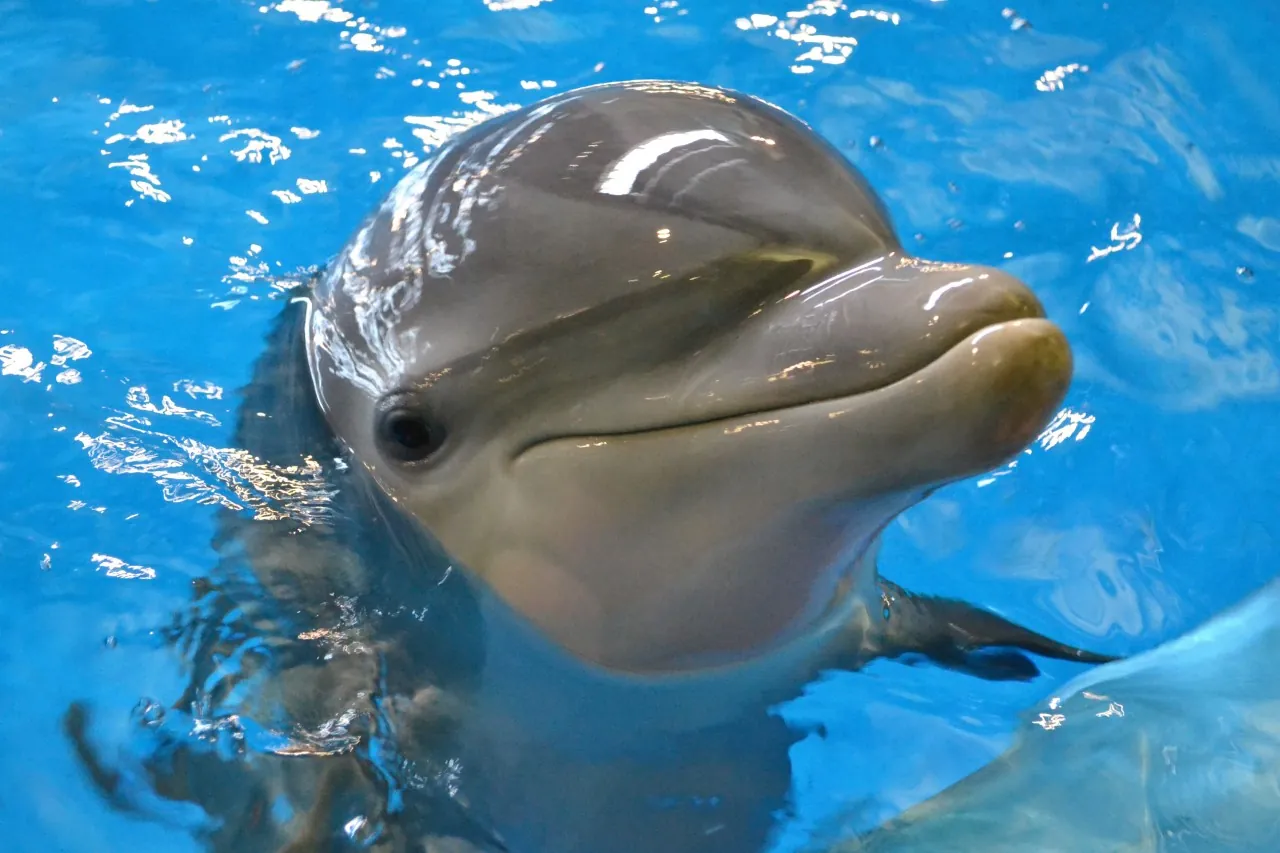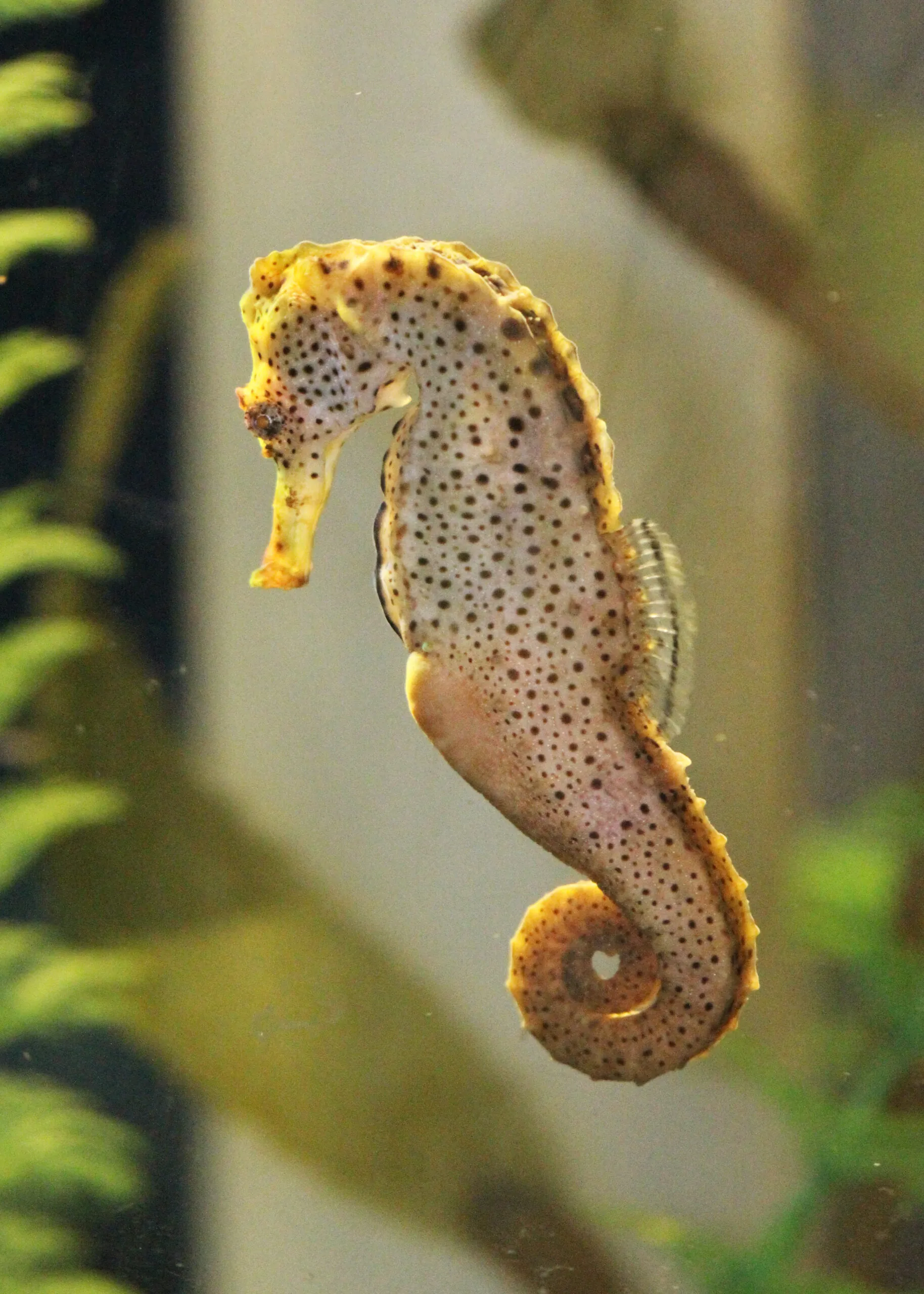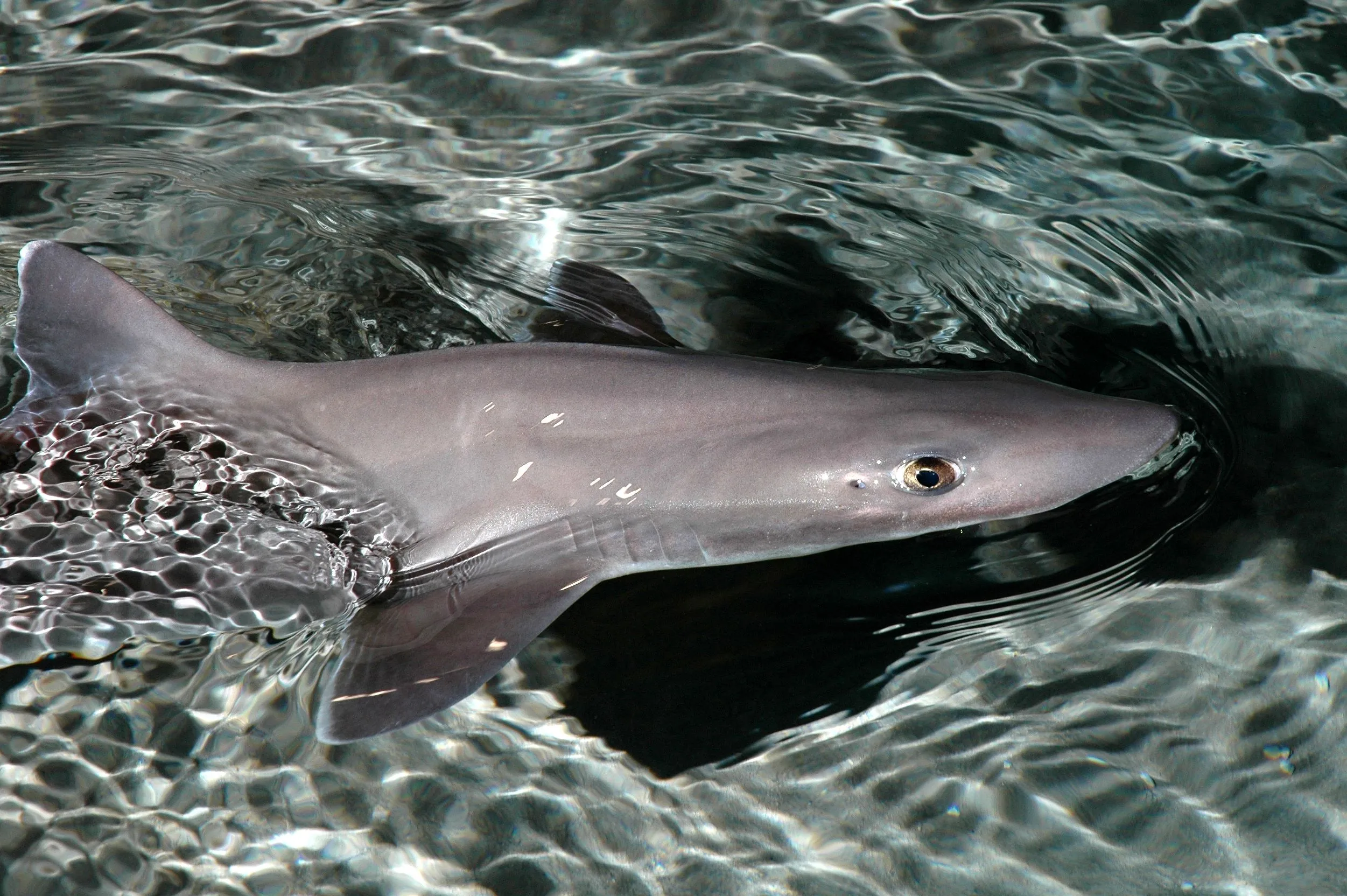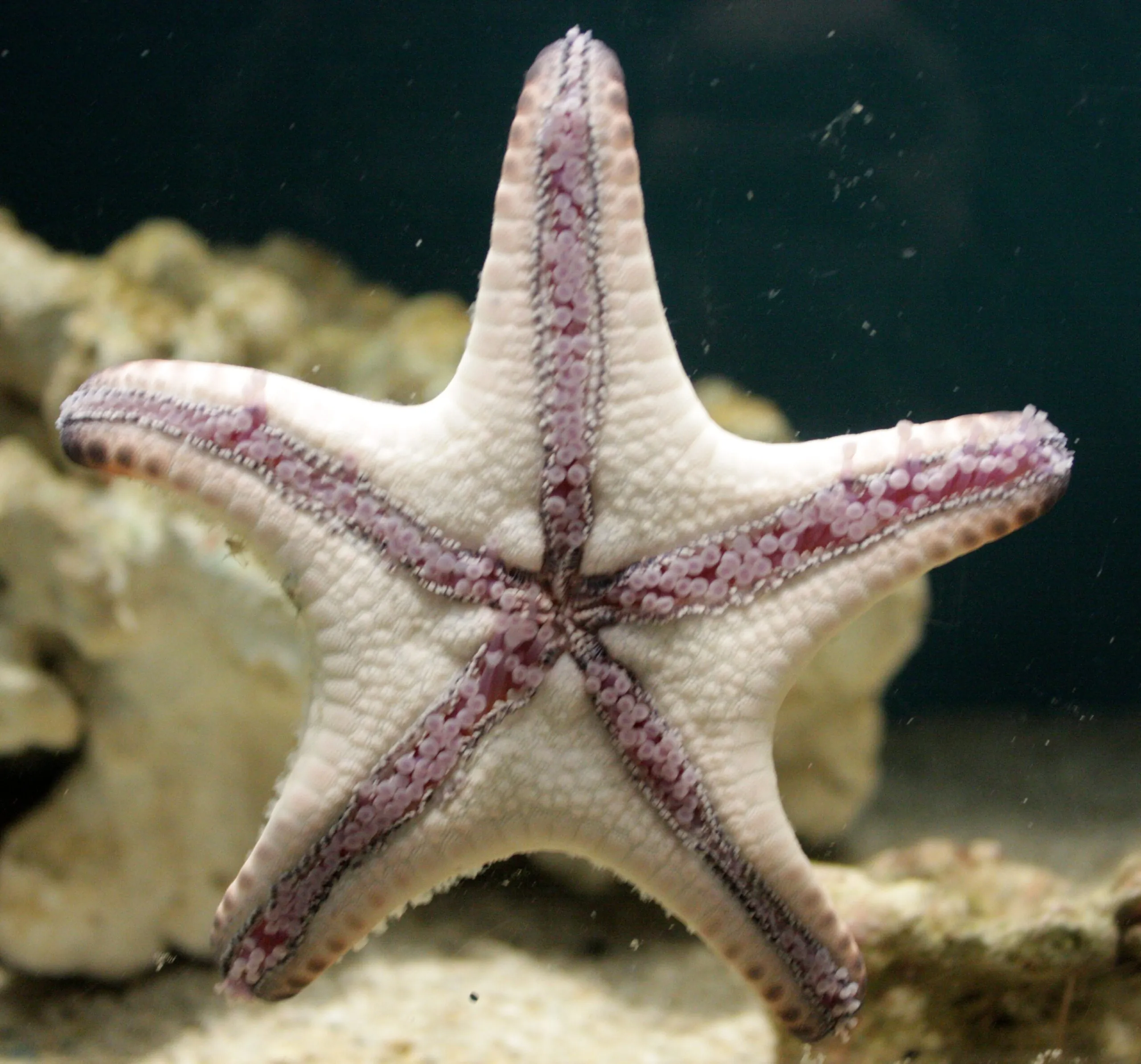-
Menu
- Plan Your Visit
- Meet The Animals
- Check Out Events
- Memberships
- About The Zoo
- Support the Zoo
- Conservation
- Education
- Groups & Private Events
- Zoo News
- Contact
- Zoo Store
- Indianapolis Prize
- Global Center for Species Survival
- Schedule
- Donate
- Membership
- Tickets

- Plan Your Visit
- Meet The Animals
- Check Out Events
- Memberships
- About The Zoo
- Support the Zoo
- Conservation
- Education
- Groups & Private Events
- Zoo News
- Contact
- Zoo Store
- Indianapolis Prize
- Global Center for Species Survival
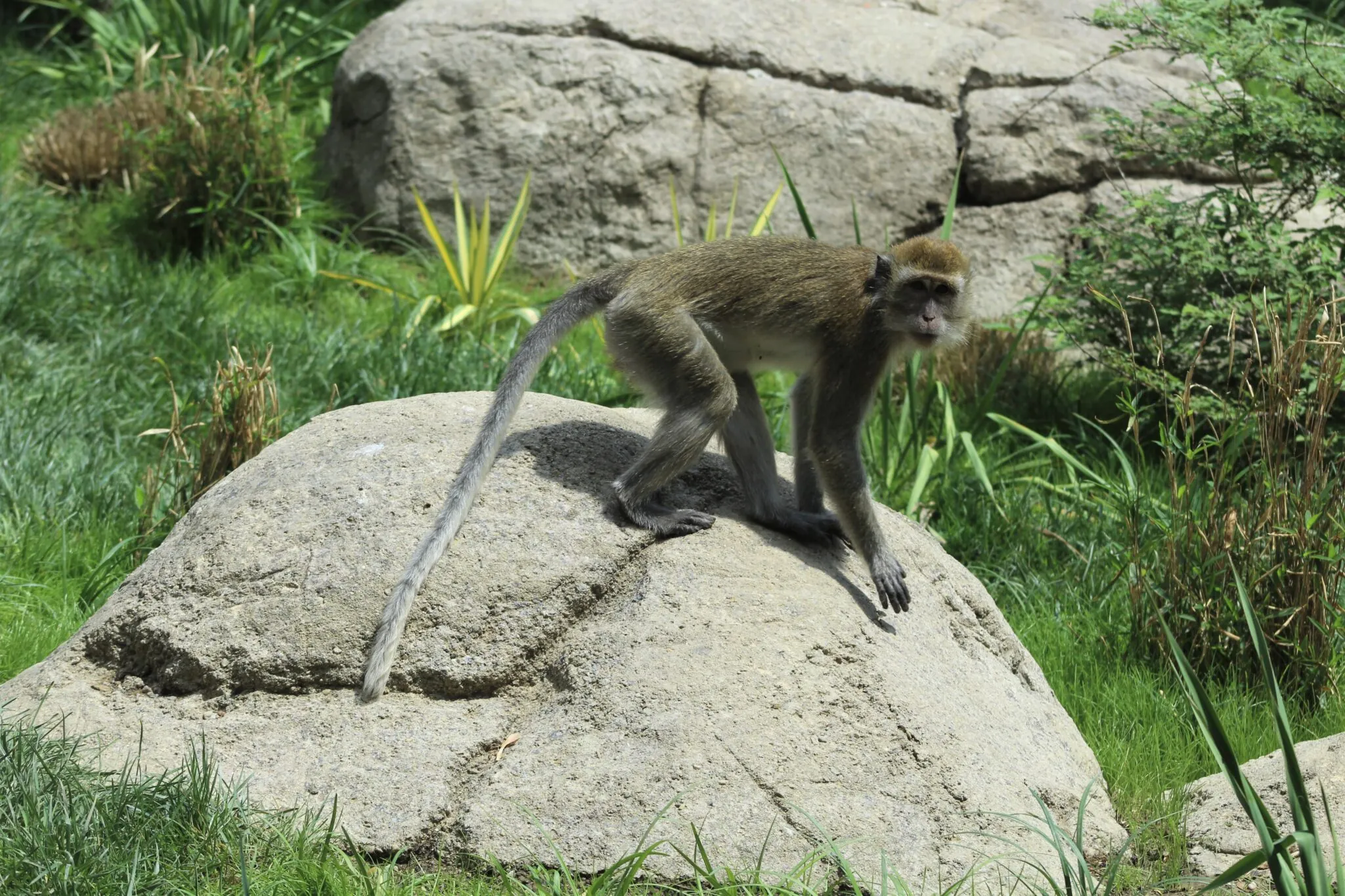
Long-tailed macaque
Macaca fascicularis
About
Macaques are monkeys that live in groups called troops. The size of a troop depends on how much food is available, and each troop has its own hierarchical structure. A dominant male has more access to food and fathers most of the young. Females inherit their rank in the troop from their mothers. They give birth to a single infant after 5–6 months gestation. Mothers take care of their infants and protect them closely. Sometimes other females may “kidnap” infants from each other, which may change up the dominance hierarchies.
Long-tailed macaques are one of the few species of non-human primates that can swim! They do this to escape predators or find food. They eat mostly fruit but also other plant parts and small animals, including ocean animals such as crabs, which gives them another common name: crab-eating macaques. Long-tailed macaques live in forests and near rivers, but also alongside people in cities in Thailand, Malaysia and other parts of Southeast Asia. They sometimes eat people’s food, or their crops. This can make them seem like fun wildlife neighbors to some people and a pest to others.
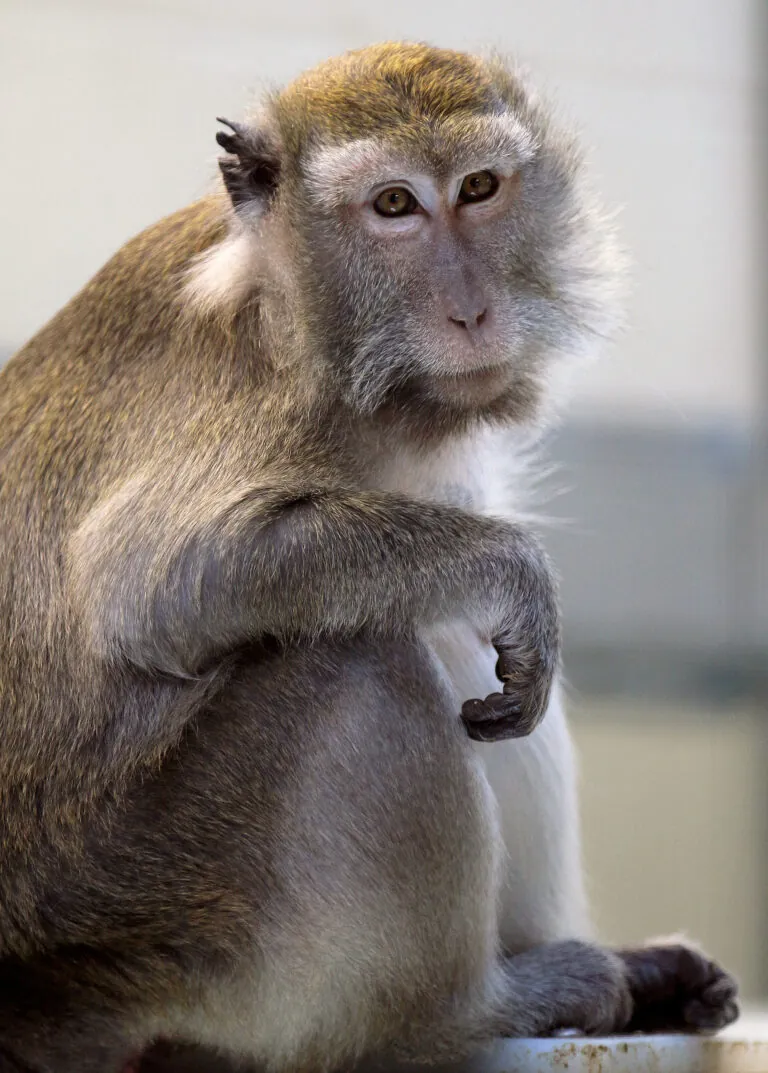
Conservation
Long-tailed macaques were recently listed as Endangered by the International Union for the Conservation of Nature (IUCN). Their populations are shrinking rapidly because of hunting and trapping and habitat loss. Nonetheless, they are a species that lives alongside humans, even in urban areas. You can create spaces where wildlife can thrive close to home by planting native plants, installing a bat box or other animal home and leaving fall leaves on the ground instead of raking them.
WHERE ARE THEY AT THE ZOO?


